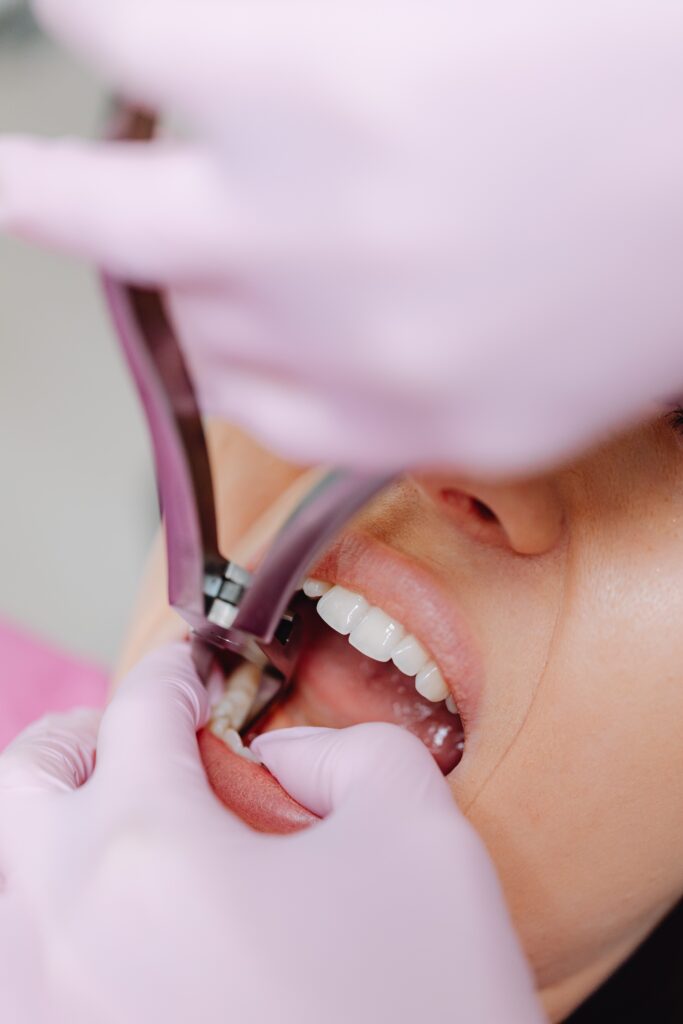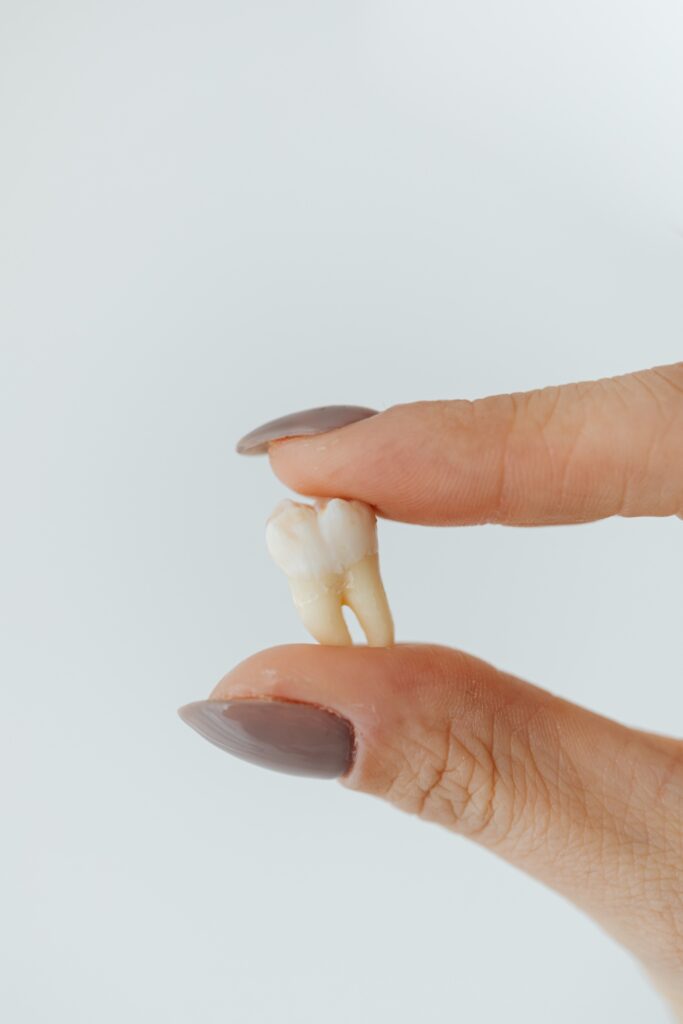An extraction is the removal of a tooth from its socket, either because it is broken or diseased or because it cannot be restored with other techniques. Occasionally, a tooth may need to be extracted for medical reasons. Tooth extraction is an important procedure that not all dentists offer. It can be extremely painful and requires a high level of skill to perform successfully and minimize post-operative discomfort. If you have a tooth that needs removal, your dentist will give you several different options for proceeding. Extracting a tooth has become relatively routine today.
With today’s technology, there are many other alternatives available to remove your tooth painlessly and efficiently than having it removed by surgery. The type of treatment that you choose depends on your individual needs and circumstances.

What are the possible causes for tooth extraction?
If your dentist suspects that you would benefit from tooth extraction, she will want to rule out some common causes of tooth pain that may not require extraction.
Toothache is often caused by decay, gum disease, or a problem with the filling or crown, such as displacement or fracture. Toothache can also result from a crack or chip in the tooth that allows irritants to reach the nerve. Some infections can also cause pain.
If none of these conditions applies to you, your dentist may suspect that you need a tooth extracted because:
- Dead or dying. If a tooth is infected, the infection may spread to the bone surrounding it. This can result in the death of the bone and subsequent cystic formation. If the condition is not treated, the tooth will have to be removed.
- Fractured or badly decayed so that it cannot be restored.
- Impacted, which means that it is growing in the gum so that it cannot be cleaned properly. Teeth often grow crooked and are therefore harder to clean properly. This can result in a buildup of plaque, which can lead to infection and toothache.
- Trapped in the joint of a growing person. This is a problem that occurs when a wisdom tooth grows too close to the joint between the jaw and the gum.
- Unable to be removed by other means. This may be because of the location of the tooth. Or because it is so badly decayed that it would be too difficult to remove it.
Why does a person need to have a tooth extracted?
As mentioned above, there are several reasons why you may need to have a tooth extracted. The main reason is that it is either decayed or infected and cannot be restored. It can also be impacted, trapped in the joint, be too broken to repair, or have bad spacing that requires extraction. Some medical conditions necessitate the removal of teeth. If your tooth is decayed, the infection can spread to the surrounding healthy tissue and surrounding teeth.
In the worst case, it can spread to the bones around the teeth and even to your heart. If the tooth has suffered trauma, it may be too badly damaged to be repaired. Some diseases can cause you to lose teeth as a result. Such diseases include cystic fibrosis, sarcoidosis, tuberculosis, and leprosy.
Exodonation (extraction of teeth) and endodontic treatment
When a tooth has to be extracted, it is sometimes possible to save the adjacent teeth by implementing endodontic treatment, such as a root canal. If the tooth has to be removed, the dentist may first remove the pulp and reshape the roots of the adjacent teeth to make them less sensitive.
This procedure is called an “exudation”. An endodontic procedure consists of cleaning out the pulp and the root canals of the tooth. In the case of removing a badly decayed tooth, the dentist will first remove the pulp so that the tooth can be removed by an exudation. The dentist will place a rubber plug in the empty root canal to prevent the area from re-infecting or fracturing.

Root canal treatment
If a tooth has to be removed because it is badly decayed or injured, root canal treatment may be an option. The root canal treatment is a dental procedure where the pulp is removed from inside the tooth and the root canal is cleaned out and filled up with a rubber-like substance called gutta-percha. The tooth is then fitted with a crown or a filling to protect it. The tooth will still be removed after a few years. However, in the meantime, it will not hurt and it will be possible to eat soft foods.
Impending loss of natural teeth due to decay or trauma
Occasionally, a tooth may have to be extracted because the tooth decay has reached the very center of the tooth, or the tooth has been subjected to trauma. When the pulp becomes badly infected, it will die and therefore be impossible to save. The dentist may also discover that there is an abscess forming in the soft tissue around the tooth. This can cause damage to the neighboring teeth. Or even spread to the rest of the body.
A dentist will often recommend the extraction of a badly decayed tooth if they notice that decay has advanced very deeply into the tooth. This is because when a dentist repairs a badly decayed tooth, he or she must remove a large amount of healthy tooth structure to reach the affected area. This may result in the neighboring teeth becoming unrestored and therefore needing to be extracted.
Tooth Extraction Is An Important Procedure
Tooth extraction can be painful and inconvenient, but sometimes it is inevitable. Be aware of the possible causes of toothache and examine your teeth regularly to catch any problems early. If you are experiencing toothache and you suspect that you may need a tooth extraction, it is best to consult with a dentist as soon as possible.
Enjoying our informative articles and want to know more about the dental world? Check out other blogs from our website here!

